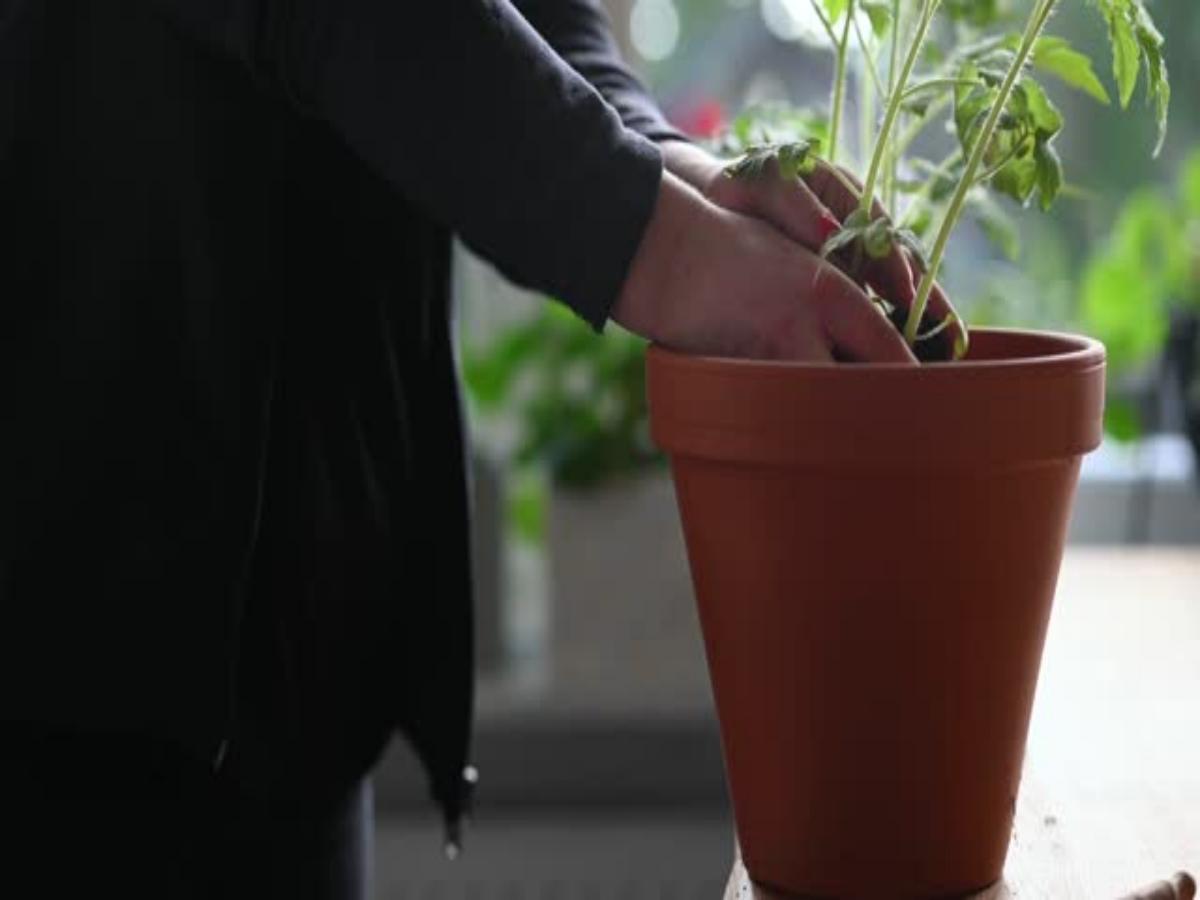1. Durability and Longevity of Ceramic Planters
Ceramic planters are known for their durability and longevity. These planters are made from high-quality clay that is fired at high temperatures, which makes them resistant to cracking and fading. Unlike plastic or wooden planters, ceramic planters can withstand all weather conditions, including extreme heat, cold, and rain. This durability ensures that your plants will be well-protected and that your ceramic planter will last for many years.
2. Aesthetically Pleasing
One of the main advantages of ceramic planters is their aesthetic appeal. These planters come in a variety of shapes, sizes, and colors, allowing you to choose the perfect one to complement your outdoor or indoor space. Whether you prefer a classic design or a modern look, there is a ceramic planter that will suit your style. Additionally, the smooth and shiny surface of ceramic planters adds an elegant touch to any environment.
3. Retains Moisture
Ceramic planters have the ability to retain moisture, which is beneficial for the plants they hold. The porous nature of the clay allows for proper drainage while still keeping the soil moist. This can help prevent overwatering and root rot, ensuring the health and vitality of your plants. However, it is important to note that the moisture retention of ceramic planters can also lead to waterlogged soil if proper drainage holes are not provided.
4. Provides Insulation
Ceramic planters offer insulation for plants, protecting them from extreme temperature changes. The clay material acts as a natural barrier, keeping the soil and plant roots at a more stable temperature. This is especially beneficial in regions with fluctuating weather conditions, as it helps prevent frost damage in colder months and keeps the soil cooler during hot summer days.
5. Heavy and Sturdy
One of the disadvantages of ceramic planters is their weight. Due to the nature of the material, ceramic planters can be quite heavy, especially when filled with soil and plants. This can make them difficult to move or reposition. However, the heaviness also adds stability, preventing the planter from tipping over easily, even in windy conditions.
6. Vulnerable to Breakage
While ceramic planters are durable, they are not indestructible. Dropping or mishandling a ceramic planter can cause it to crack or break. Additionally, extreme temperature changes or freezing conditions can cause the ceramic to expand and contract, leading to potential damage. It is important to handle ceramic planters with care and avoid exposing them to drastic temperature changes to maintain their integrity.
7. Requires Regular Cleaning
Ceramic planters require regular cleaning to remove dirt, debris, and mineral deposits that can accumulate on their surfaces. This is especially true for outdoor ceramic planters that are exposed to the elements. Cleaning can be done with mild soap and water or a vinegar solution. Regular cleaning not only keeps the planters looking their best but also prevents the buildup of harmful substances that can affect the health of your plants.
8. Limited Drainage Options of Ceramic Planters
While ceramic planters provide moisture retention, they can have limited drainage options. Some ceramic planters may not come with drainage holes, which can lead to waterlogged soil and root rot if not addressed. It is important to either choose ceramic planters with drainage holes or create them yourself to ensure proper water drainage.
9. Susceptible to Staining
Ceramic planters, especially those with unglazed surfaces, can be susceptible to staining. Over time, minerals from water and fertilizers can seep into the porous clay, causing discoloration. Regular cleaning and maintenance can help prevent staining, but it is important to be mindful of the substances that come into contact with the ceramic planter to avoid permanent stains.
10. Higher Cost of Ceramic Planters
Ceramic planters generally have a higher cost compared to other types of planters, such as plastic or terracotta. This is due to the manufacturing process and the quality of the materials used. While the initial investment may be higher, the durability and aesthetic appeal of ceramic planters make them a worthwhile choice for many gardeners and plant enthusiasts.

